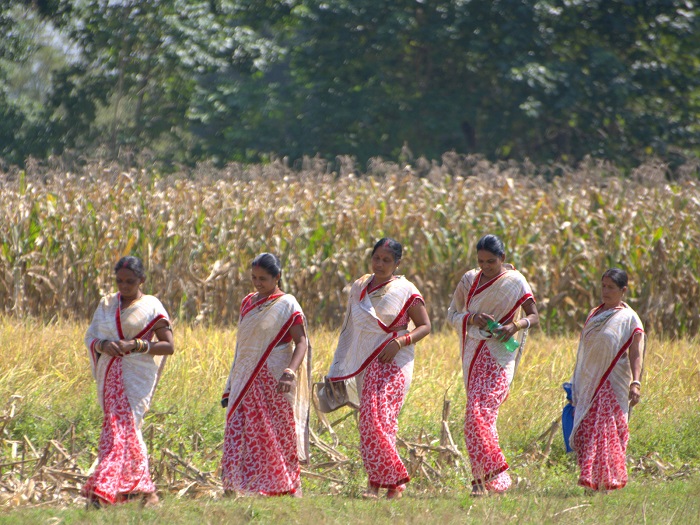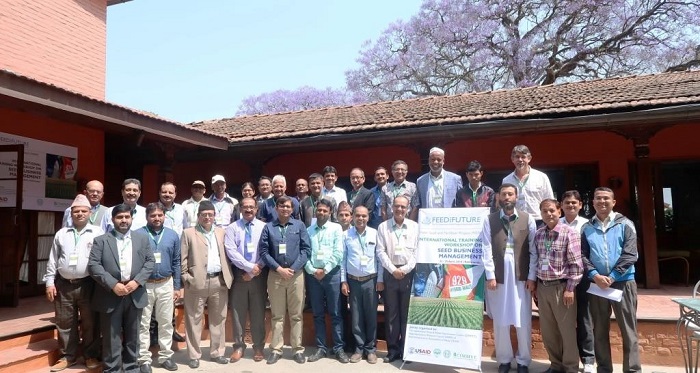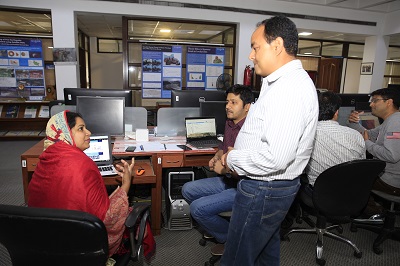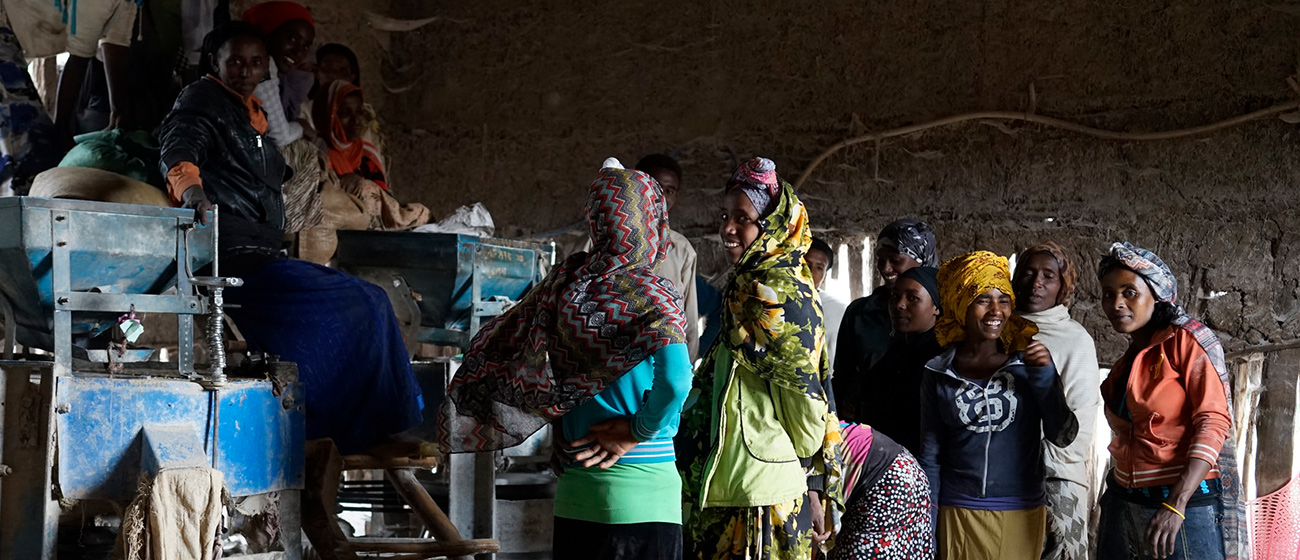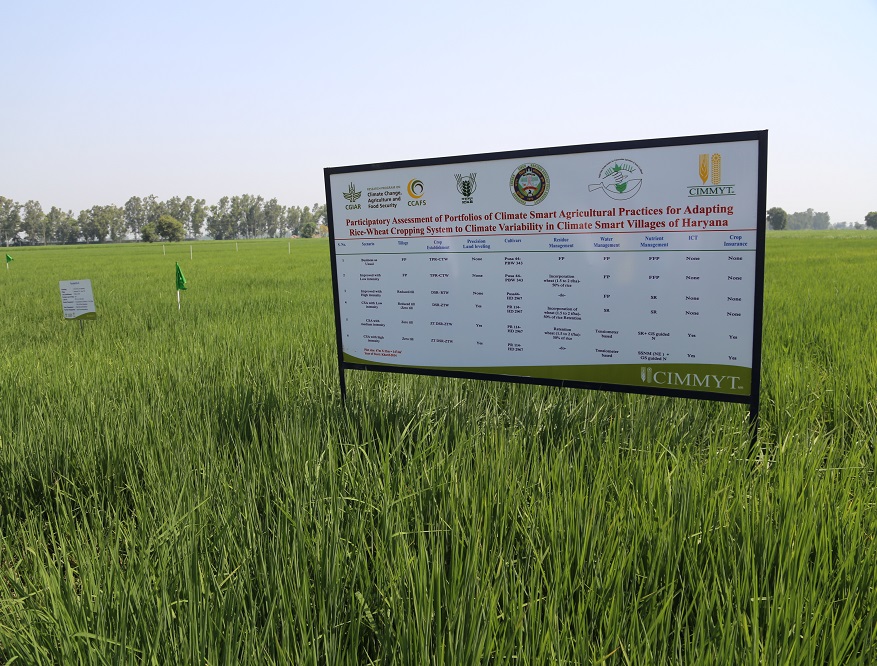Asia
As a fast growing region with increasing challenges for smallholder farmers, Asia is a key target region for CIMMYT. CIMMYT’s work stretches from Central Asia to southern China and incorporates system-wide approaches to improve wheat and maize productivity and deliver quality seed to areas with high rates of child malnutrition. Activities involve national and regional local organizations to facilitate greater adoption of new technologies by farmers and benefit from close partnerships with farmer associations and agricultural extension agents.
CIMMYT projects working to enhance business agility of South Asian seed companies
 Capacity development
Capacity development
Lack of availability of start-up working capital, business incentives in the sector, new technologies and required technical expertise limit the current seed value chain in Nepal.
Better farming practices key to combating desertification and drought
Combating desertification and drought is critical, but focusing on the bigger challenge of unsustainable agriculture can deliver more for farmers. Research from India offers new insights on practical solutions for better soil fertility, more efficient water use, reduced air pollution and lower greenhouse gas emissions.
Maize partners collaborate to maintain yield gain momentum in Pakistan
 Nutrition, health and food security
Nutrition, health and food security
Last year’s maize-growing season in Pakistan yielded a record-breaking six-million tons, decreasing the country’s dependence on imported maize seed and boosting local sales and exports of maize-based products.
CIMMYT helps national programs to enhance maize breeding efficiency in Pakistan
 Innovations
Innovations
Maize is Pakistan’s third important cereal following wheat and rice. However, Pakistan still imports more than 80 percent of the hybrid seeds, costing the country over $50 million annually and making retail price of hybrid seeds expensive.
How collaboration can help grow and transform agriculture in Africa
 Nutrition, health and food security
Nutrition, health and food security
Money alone can’t solve Africa’s agricultural problems. International collaboration is key.
Wheat blast screening and surveillance training in Bangladesh
 Capacity development
Capacity development
Workshop participants learned how to use the latest in technology to identify and keep track of the deadly Wheat Blast disease.
“Layering” climate smart rice-wheat farming practices in India boosts benefits
 Climate adaptation and mitigation
Climate adaptation and mitigation
New scientific research into “layering” climate smart agriculture techniques shows promise, demonstrating the potential for crop adaptability to climate change.
Precision Nutrient Management: The Future of Nitrogen Use Efficiency
 Capacity development
Capacity development
This March, the Borlaug Institute of South Asia (BISA) held an international workshop on enhancing Nitrogen use efficiency in wheat using the combined approach of breeding and precision agronomy in Ladhowal, Punjab.
